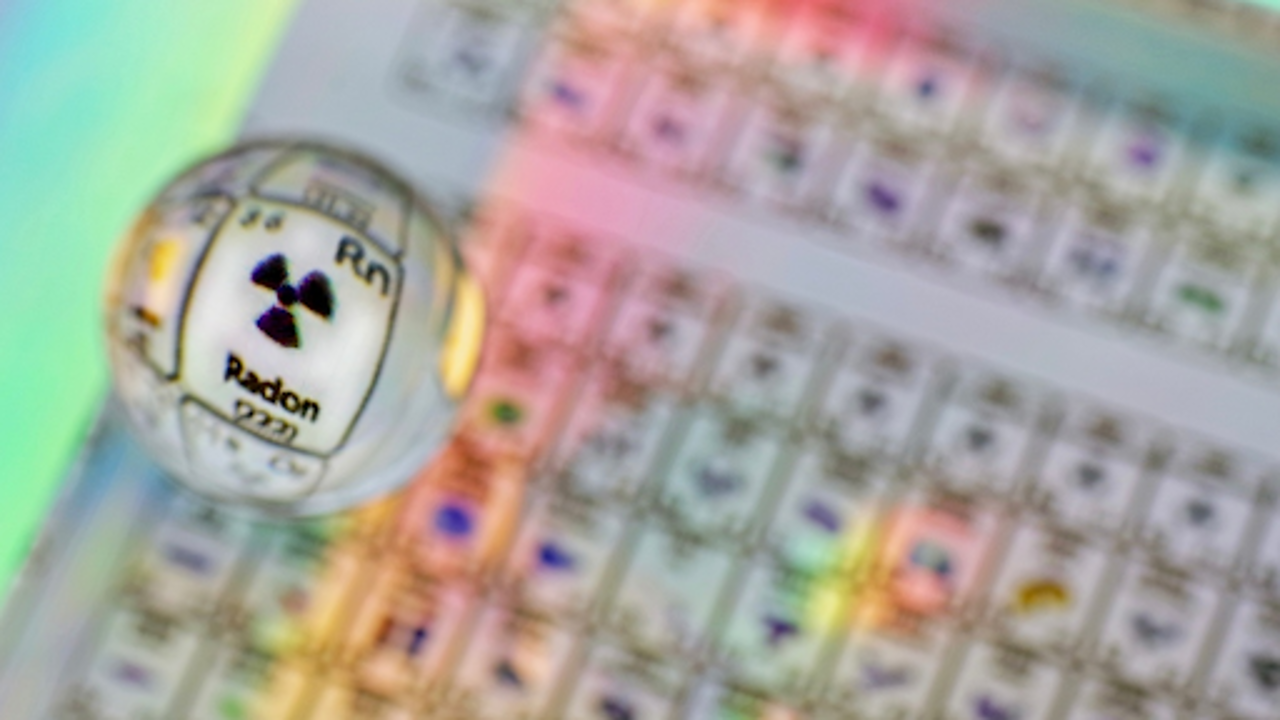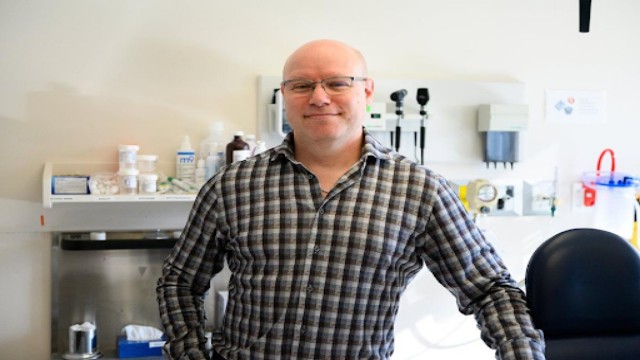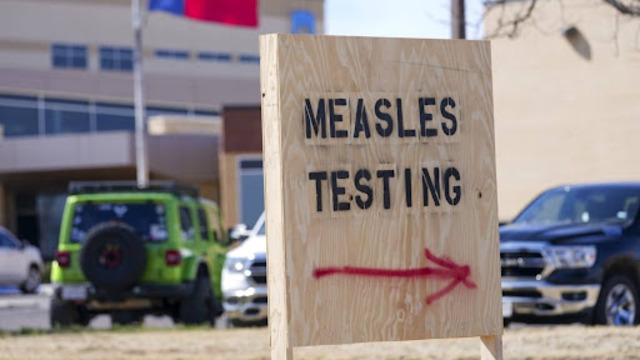
A glass marble magnifies Radon from a periodic table of the elements. (Adrienne Bresnahan / Getty Images)
Radon, a radioactive gas present in nearly every home across Canada, is drawing renewed attention due to its status as the second-leading cause of lung cancer in the country. A recent study conducted by researchers at the University of Calgary analyzed radon levels from 75,000 urban and rural residences. The findings reveal that approximately 10.3 million Canadians live in homes with radon levels exceeding Health Canada’s recommended limits.
There are various methods to address radon exposure in homes. Canadians can purchase testing kits through a government portal or enlist professionals to assess their properties. If high radon levels are detected, experts recommend implementing mitigation strategies, such as installing systems that extract the gas from the home.
Radon is produced naturally when radioactive metals decay in rocks, soil, and groundwater. Residents are exposed to the gas when it seeps through cracks and openings in buildings. According to oncologist Dr. Doreen Azeife, inhaling high levels of radon can increase the risk of lung cancer by damaging DNA at the cellular level. She also highlighted that up to 40% of lung cancers are unrelated to smoking.
The last comprehensive report on radon levels in Canada was published over ten years ago. In 2012, about 7% of homes recorded radon levels above Health Canada’s safety guidelines. This year, that figure has surged to 17.8%.
Dr. Aaron Goodarzi, the study's lead researcher, has a theory regarding the rising radon levels in Canadian homes. He notes that the shift towards retrofitting existing buildings to make them more airtight often overlooks the need to balance the intake of fresh air with the expulsion of stale air. "If this balance isn't maintained, homes may inadvertently draw air from the ground, where radon is found," Dr. Goodarzi explained.
Additionally, the study indicates that rural homes are more likely to have high radon levels, with about one in four exceeding safe limits. In urban areas like Calgary, approximately one in six homes tested positive for elevated radon levels.















